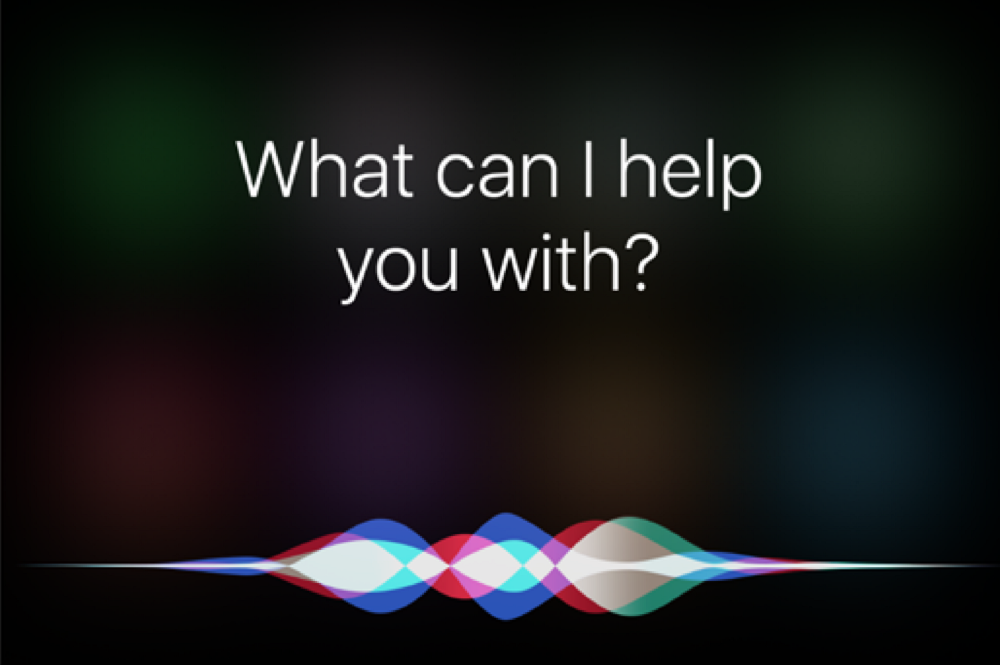Before the COVID-19 pandemic, enterprise employees spent an average of 1.8 hours every day searching for the information and data they need to do their jobs. Now that they’re physically separated from teammates and collaborators, finding that information is harder than ever.
After all, prior to the pandemic only about 15% of U.S. employees worked from home and only some of the time. By the middle of April, half of U.S. employees were doing all of their work remotely. Today each employee’s home is like a little data silo, complicating information sharing and data discovery.
“That’s not only terribly inefficient, it’s a horrible employee experience,” explains Robert Selvaraj, co-founder and CEO of SearchBlox, which builds intuitive and intelligent enterprise insight engines based on open source technologies, simplifying search for complex enterprises. “While not everyone who works from home today will always work remotely, experts predict we’ll never return to the level of co-located collaboration we were at prior to the pandemic. This isn’t a temporary challenge. We have to provide more efficient, more insightful search for enterprise employees.”
The lines between home and work are blurrier than ever, he explains, so your teams want the tools they use to do their jobs to be as intuitive and helpful as the ones they use in their personal lives. In other words, when they use enterprise search, employees want answers that are:
° Relevant like Google’s search engine results pages. “Right now people are juggling childcare and staff meetings,” says Selvaraj. “They’re working in shared spaces like kitchens and bedrooms. They simply don’t have the time or energy to wade through pages and pages of search results.”
° Insight-driven like Amazon’s recommendation engine. Your employees have more questions than answers right now. For example, one of SearchBlox‘s customers, the World Health Organization, saw a 10X increase in search traffic on their site in the first month of the pandemic. “Smart search products understand implicit intent, forgive misspellings and fetch connected content,” he explains. “If you could peek under the hood, you’d see artificial intelligence at work.” That he explains, is the technology that delivers more insightful results even if the employee doesn’t know exactly what they’re looking for.
° On-demand like Spotify’s personalized playlists. Traditional search relies on historical search logs, so the algorithm improves slowly, over time. Machine learning models built with your content, on the other hand, outperform traditional search from day one.
° Convenient like Apple’s Siri. According to the marketing experts at Hubspot, chat volume for its 70,000+ customers has steadily risen week-over-week since the pandemic began.4 Why? Chatbots offer a better customer experience in a crisis because:
- They don’t sleep. They’re on duty 24/7.
- They’re patient: they don’t mind answering the same questions over and over.
- They allow you to cost effectively scale support.
“There’s no reason your customer experience has to be better than your employee experience,” says Selvaraj. “You can use natural language processing, the technology that allows bots to understand and use human language, to improve the employee experience, too.”
According to a Gallup poll conducted in late March, 81% of full-time employees said COVID-19 had disrupted their life “a fair amount” or “a great deal.” Although Selvaraj’s team of 30 employees has always worked remotely, he sympathizes with leaders who are new to work-from-home challenges. “We expect the best from our teams,” he says. “So we should offer them the best tools to do their jobs. That starts with strong search so they can get the information they need to do their jobs when they need it.”




